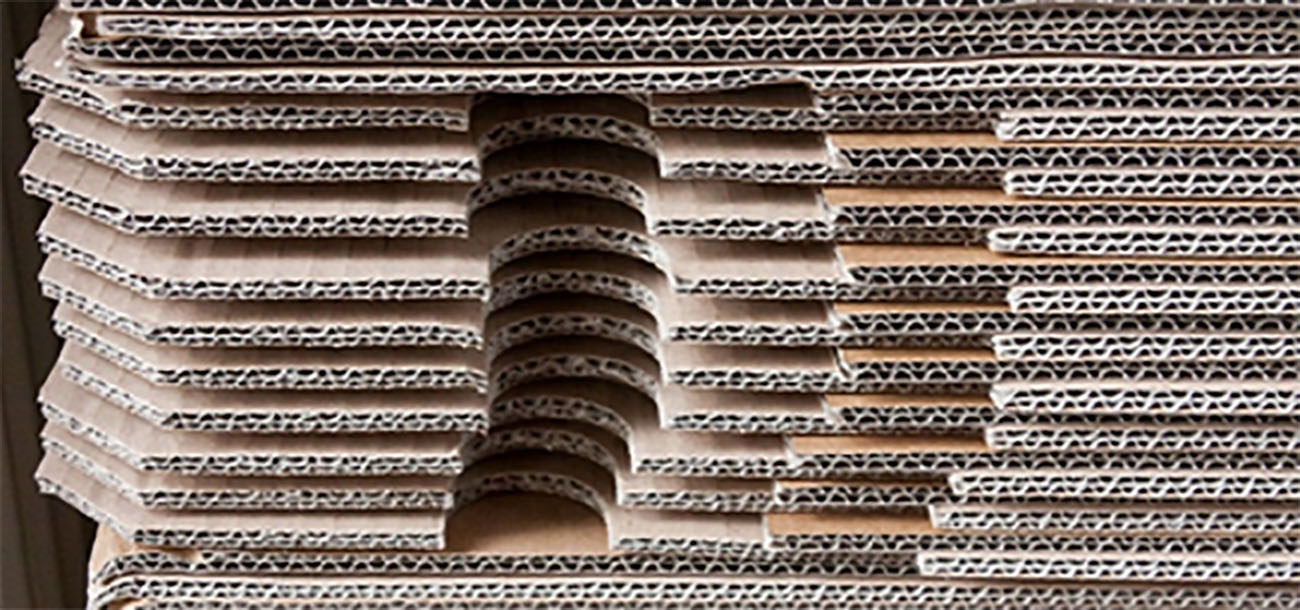
- Stage of development
-
Technology ready for testing
- Intellectual property
-
Patent granted in Spain and filed in Europe and USA
- Intended collaboration
-
Licensing and/or co-development
- Contact
-
Rosa RodríguezVice-presidency for Innovation and Transferrosa.rodriguez@inia.csic.escomercializacion@csic.es
- Reference
-
CSIC/RR/003
Additional information
#Environment
#Recycling / Recovery
Packaging paper with high stiffness and compressive strength
Reinforced packaging paper exhibiting a surprising increase in compression strength and stiffness, obtained through the application of a bio-product obtained from ligno-cellulosic waste, without the need to add cellulosic fibers, strength additives or subjecting the paper to additional manipulation.
- Market need
-
In order to reduce the amount of waste generated in the manufacturing of corrugated cardboard for containers and packaging, the current trend is to manufacture lighter boxes, reducing the grammage but also reducing the mechanical resistance of the paper. This makes necessary to develop methods that provide resistance to the paper with a lower amount of fiber while keeping its performance.
- Proposed solution
-
Treating the paper with a residual liquor obtained by the pretreatment of lignocellulosic residues with alcohol-water and subsequent drying is proposed. The liquor has a solid fraction formed by lignin-carbohydrate complexes, as well as a liquid fraction that contains hemicelluloses, hydrolyzed lignin and degradation compounds, mainly acetic acid and furfural. The liquor is bio-sustainable and does not require further chemical processing.
The application system is versatile and can be used at various points in the paper making machinery as in the manufacture of corrugated cardboard.
- Competitive advantages
-
- The liquor itself can substitute a part of the vegetable fiber used in the reinforcement of the paper in order to obtained the desired grammage.
- The compression strength of the paper increases proportionally to the amount of residual liquor added, which enables the design of different paper types based on the amount of product applied.
- Absence of sulfur makes the reinforced paper suitable for all kinds of uses including food.